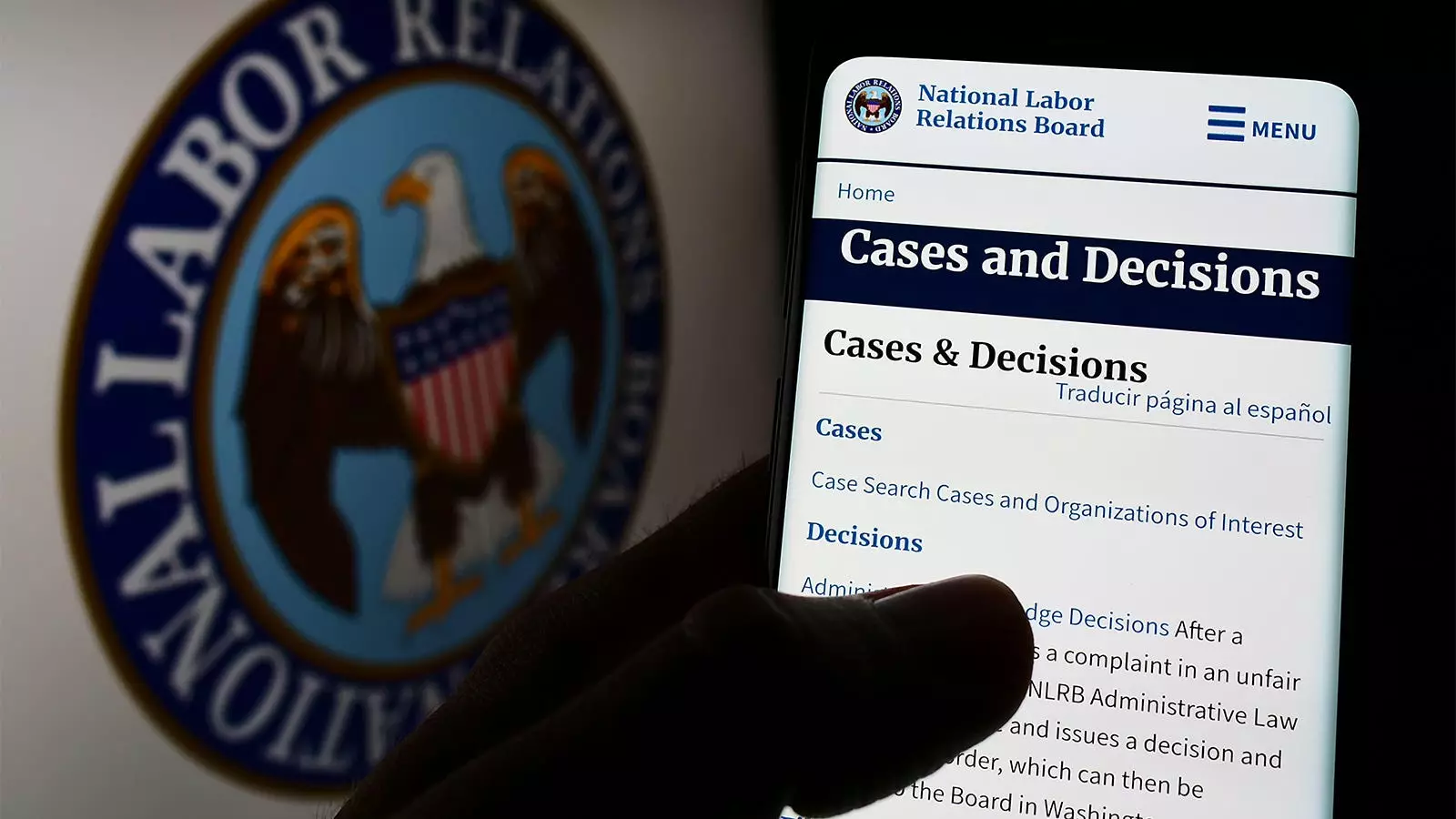The landscape of healthcare is evolving, with significant implications for physician workplaces and governance. The latest data from the National Labor Relations Board (NLRB) reveals a remarkable increase in union petitions filed by physicians from 2023 to 2024 compared to the previous 22 years. This surge indicates shifting dynamics within the medical profession, driven by evolving working conditions, governance issues, and the desire for collective bargaining. This article will delve into the numbers behind this trend, the motivations driving unionization efforts, and the potential implications for the future of healthcare.
Recent analysis by Kevin Schulman, MD, and colleagues highlights a profound increase in union petitions. From 2000 to 2022, only 44 petitions were filed, equating to an annual rate of approximately 2.1 petitions. In stark contrast, the period of 2023 to 2024 witnessed 33 petitions, reflecting an annual rate of 23.3. This almost tenfold increase not only underscores a shift in the readiness of physicians to organize but also highlights a growing recognition of the need for collective action in the face of changing healthcare paradigms.
Of the 77 petitions filed during this time frame, a significant number laid the groundwork for union recognition, with 41 of the 66 petitions that had concluded outcomes achieving certification. The findings indicate that medical practitioners are increasingly willing to engage in formal collective bargaining processes. However, to grasp the full implications of these numbers, one must also consider the underlying motivations.
What drives this unprecedented wave of union activity among physicians? Analysis reveals that the motivations are overwhelmingly focused on enhancing working conditions. According to reports documenting the rationale for 26 out of the 33 petitions, the principal reasons cited included adverse working conditions (85%), feeling marginalized in management discussions (81%), and concerns surrounding patient care quality (54%). Notably, financial compensation was mentioned in just one campaign, suggesting that patients and work environment issues are far more pressing for those in the medical field than salary alone.
As the healthcare market consolidates, physicians face increasing pressure regarding their professional autonomy and roles in governance. The observation that over half (52%) of physicians are now employed by hospitals raises crucial questions about their ability to influence organizational decisions. As Schulman notes, unions present a viable avenue for such professionals to collectively uphold their interests and assert their voices in managerial processes.
Interestingly, the phenomenon of physician unionization is not new. Efforts to collectively bargain can be traced back to the 1930s, with various practitioners attempting to negotiate terms and conditions of their professional engagements. However, the current landscape represents a unique juncture in the evolution of these efforts. The insights gained from recent unionization initiatives will provide critical benchmarks for assessing whether such collective bargaining reaches its intended goals.
The complexities and limitations of unionization in medicine also warrant discussion. While unions offer a mechanism to tackle governance challenges, the fragmentation of specialties could dilute their effectiveness if each discipline develops separate bargaining units. Schulman hints at the necessity for a more cohesive approach to address the overarching concerns within healthcare governance.
Another noteworthy aspect of the recent uptick in union petitions is the geographical concentration. A significant proportion of filings (43 out of 77) occurred within the western states, particularly in California, Oregon, and Washington. This regional specificity reflects local healthcare dynamics and perhaps distinct cultural attitudes toward unionization. Notably, the petitions also targeted a diverse range of employers, primarily hospitals, community health centers, and private equity-backed organizations.
Despite the limitations of the study—such as the exclusion of public-sector physician unions and voluntary recognitions—these findings present a compelling case for the shifting contours of labor relations in healthcare. As the conversations and campaigns unfold, maintaining a focus on improving working conditions, patient care, and physician autonomy will be essential in transforming the tumultuous landscape that many healthcare professionals currently navigate.
The increase in physician union petitions signals not merely a statistical change but a broader movement toward redefining the relationship between healthcare providers and management. In light of ongoing challenges facing the sector, the resounding call for collective bargaining may well be a crucial step toward a more equitable and sustainable healthcare environment for both practitioners and patients alike.


Leave a Reply